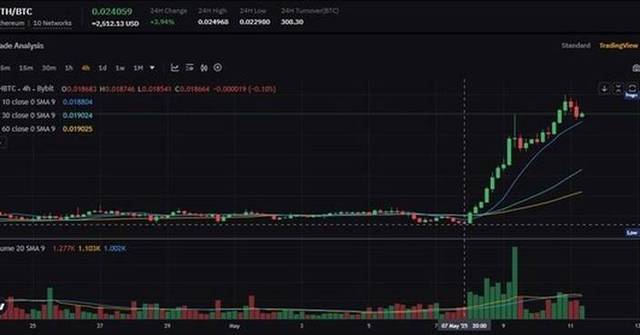Sonofai & Fujitsu AI Tech Revolutionizes Frozen Tuna Inspection
Fujitsu Limited, Sonofai Inc., Ishida Tec Co., Ltd., and Tokai University have collaborated to launch an automated inspection device designed to non-destructively determine the fat content of frozen albacore tuna. This innovative device utilizes Fujitsu's AI technology and is spearheaded by Sonofai Inc., a Japanese startup focused on preserving artisanal techniques through digital innovation. Ishida Tec Co., Ltd., a food processing equipment manufacturer, and Tokai University, a driver of innovation in the food processing industry, also contributed to the project.
The device, named SONOFAI T-01, is slated for launch in June 2025 and will initially target the seafood processing industry and fisheries cooperatives in Japan, with plans for global expansion. This initiative addresses the increasing global demand for high-quality tuna, which has seen a 25% rise in the last 20 years, according to the Japan Fisheries Research and Education Agency.
SONOFAI T-01 employs Fujitsu's ultrasound analysis AI technology, a core component of the Fujitsu Kozuchi AI service. It stands out as the first device capable of determining the fat content of frozen tuna without causing damage. This enables automated and precise fat content assessment, eliminating the need for manual visual inspection. Traditional assessment methods rely on skilled workers visually inspecting thawed tail cross-sections, a labor-intensive and time-consuming process subject to inconsistencies due to individual judgment and a shortage of skilled personnel.
The device can complete a full tuna inspection in 12 seconds and requires only one operator, potentially saving up to 80% in labor and operational costs. By rapidly screening large quantities of frozen tuna, the device reduces the workload on skilled workers, significantly improves selection process efficiency, and helps reduce costs and address labor shortages. It also enhances accuracy and minimizes the risk of mislabeling high-value, fatty "bintoro" portions of the fish.










